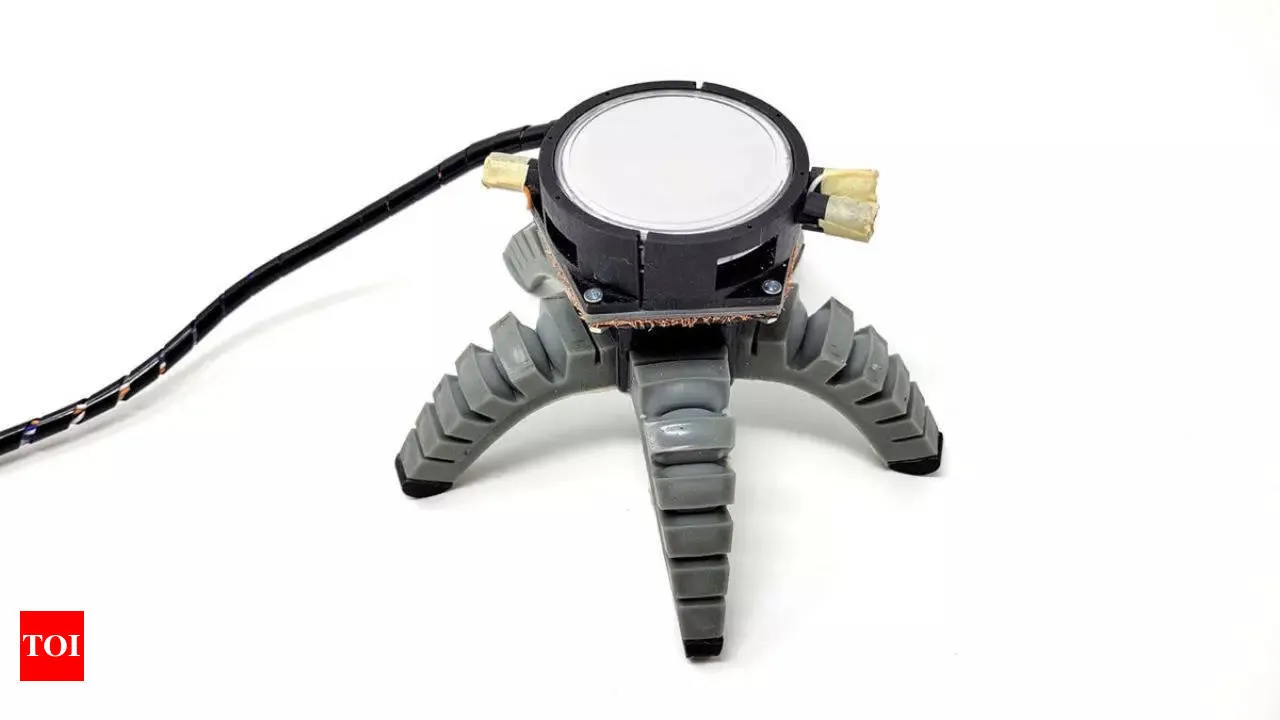Biohybrid Robots: The Technological Revolution Powered by Mushrooms

The Emergence of Biohybrid Robots
Mushrooms have captured the imagination of engineers worldwide, particularly at Cornell University, where a groundbreaking biohybrid robot has been developed. This incredible machine harnesses the power of living fungi, specifically the king trumpet mushroom (Pleurotus eryngii), utilizing its mycelium to create robots capable of responding to their environment.
Innovative Technology and Applications
The integration of biological components with synthetic systems is marking a new epoch in robotics. The ability of these robots to sense light and adapt to various stimuli showcases a unique blend of biology and technology.
- Living Machines: The definition of robotics is evolving.
- Environmental Sensitivity: These biohybrid robots skills in real-world applications.
- Collaborative Research: A partnership between Cornell and Florence University.
As reported by Anand Mishra, research associate at Cornell and the Organic Robotics Lab, the future of robotics is embedded in mycelium and mushroom technology.
Future Prospects
The avenues of exploration for biohybrid robots are vast, especially in agriculture and environmental science. These innovations herald a future where machines are not just tools but are also organic allies in tackling challenges.
This article was prepared using information from open sources in accordance with the principles of Ethical Policy. The editorial team is not responsible for absolute accuracy, as it relies on data from the sources referenced.